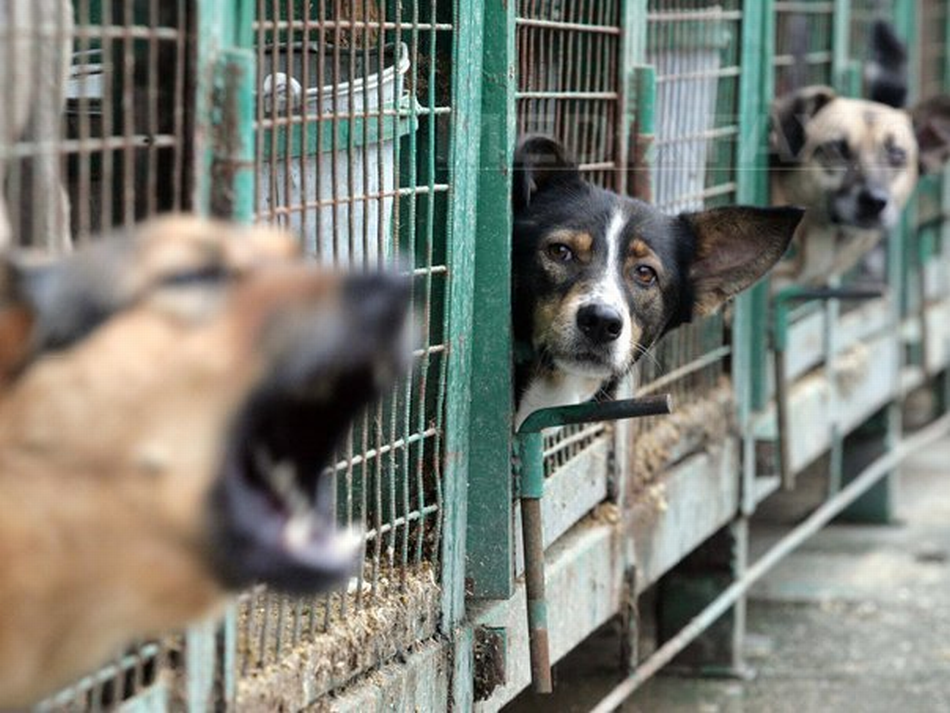Stray Dogs in Romania
Stray dogs are associated with poor living conditions, disease and unsafe streets.

Steliu Lambru, 16.09.2013, 14:18
Politically correct language has turned the terms for stray dogs in Romanian into ‘dogs without an owner’ and ‘community’ dogs. Irrespective of the name, they are a still a problem for Romania, starting from the inability of the authorities to properly regulate the issue and the lack of will to enforce them.
Stray dogs are associated with poor living conditions, disease and unsafe streets. The issue was not dealt with even when they killed people. They stayed on the streets, with no one taking responsibility for them. Historian Contanta Vintila-Ghitulescu from the Nicolae Iorga Institute of History in Bucharest told us about stray dogs in the 19th century:
Contanta Vintila-Ghitulescu: “Stray dogs have been an issue for Romania forever, and in the 19th century there was talk for the first time of eliminating them. Until then, the problem was partly due to the fact that households did not have clear limits, such as fences, and so household dogs became everybody’s dogs. Bucharest and Iasi back then did not have clearly delimited households, like now, and that was true of Europe in general. The first document I found dates back to 1810, when the Russians, who occupied the Romanian Principalities after the 1806-1812 war with the Turks, saw the dogs all over the streets and hired people to round them up and kill them. Then they issued announcements to tell people to keep their own dogs chained in their courtyards, lest they be hunted down. After the Russians left in 1812, the measure fell. However, when cities started being reorganized by the French model in 1850, it came back. In the countryside, however, dogs are everywhere people are.”
For foreigners, the sight of stray dogs everywhere was shocking. Constanta Vintila-Ghitulescu says that packs of dogs ruled the cities after nightfall:
Contanta Vintila-Ghitulescu: ‘The consuls of Great Britain and France, present in Bucharest and Iasi until 1859, talk about being unable to walk the streets at night because of the dogs that were everywhere. There is an 1850 testimonial talking about the dogs on the Dambovita. Why there? Because it was the place where there were a lot of slaughterhouses and tanneries. These small businesses threw every piece of refuse in the river, and a lot of dogs ate what they threw away. Taking a walk there was bordering on suicide. In 1852, cities started issuing ordinances against stray dogs. The first shelter was built because the sight of killing them was gruesome. The first humanitarian arguments also emerged against the public killing of dogs.”
Stray dogs have actually killed people in recent history, and the problem was exacerbated by the issue of rabies and the aggressiveness it causes.
Contanta Vintila-Ghitulescu: “You can find in an old newspaper testimonies about rabid dogs, who attack anyone they meet, in cities or villages. You can see how serious the problem was from the many recipes against rabies. The problem was compounded by wolves. In the countryside, especially in the mountains, wolves were a constant presence, especially in winter, in addition to rabid dogs. Dogs are especially aggressive during epidemics, when food is scarce. The spectacle is atrocious, because in times when the plague hit, people were buried even before they were dead. People were so scared that they wanted to get rid of the sick people even before they died of the disease. As I said, the spectacle was horrible: dogs were pulling out corpses out of the ground and dragged them all over the streets.”
In all subsequent historical periods, Romania failed to deal with the problem of stray dogs. During communism, the population of stray dogs exploded as the authorities razed whole neighborhoods to erect blocks of flats, and this issue continues.






























